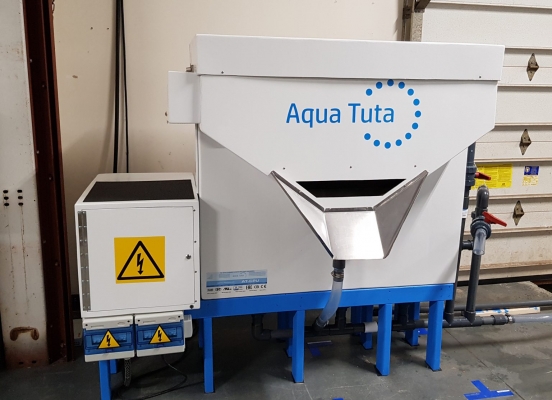AQUA TUTA™ Patented Technology
Effluent processing involves large volumes of water and wastewater, which can pose a significant threat to natural ecosystems if discharged without the correct treatment, effluents being rich in nutrients and other contaminants.
Convective reaction’s water processing treatment removes contaminants that are generally more difficult to remove by filtration, chemical or membrane treatment systems — contaminants such as suspended solids, high levels of COD and BOD, phosphates (P), nitrogen (N), organic acids, low and high pH, TS, etc. The release of high amounts of heavy metals into water bodies creates serious health and environmental problems.
Remedial action for water bodies from a management and conservation point is made easy with Aqua Tuta’s water processing technology.
AQUA TUTA™ is the most cost-efficient (CAPEX and OPEX) technology called convective reaction, with wide-ranging applications in water processing.
AQUA TUTA™’s technology, the AT-10, has the smallest footprint (2m2) in the industry and still treats up to 240 m3/24hr.
Advantages of AQUA TUTA™
- Lowest CAPEX
- Lowest OPEX
- Lowest annual maintenance
- Lowest square meter requirement/m3
- High volume processing in cubic meters/module
- Fastest effluent processing time.
- Automatic separation of organic matter
- Low threshold to operate
- Sustainable
- NON-CHEMICAL
- NO MEMBRANES
Model AT-10
Schematics of Aqua Tuta’s Technology
- Effluents are initially pumped through a molecule crusher that facilitate the upward flocculation of contaminants
- Effluents enter the treatment deposit
- Signals are transmitted from the brains through the effluents, separating the contaminants upwards
- Contaminants flocculated upwards are skimmed off by rotating blades
- Automatically separated organic materials, like N and P, are disposed of via a chute
- Safe water is released through the valve at the bottom


